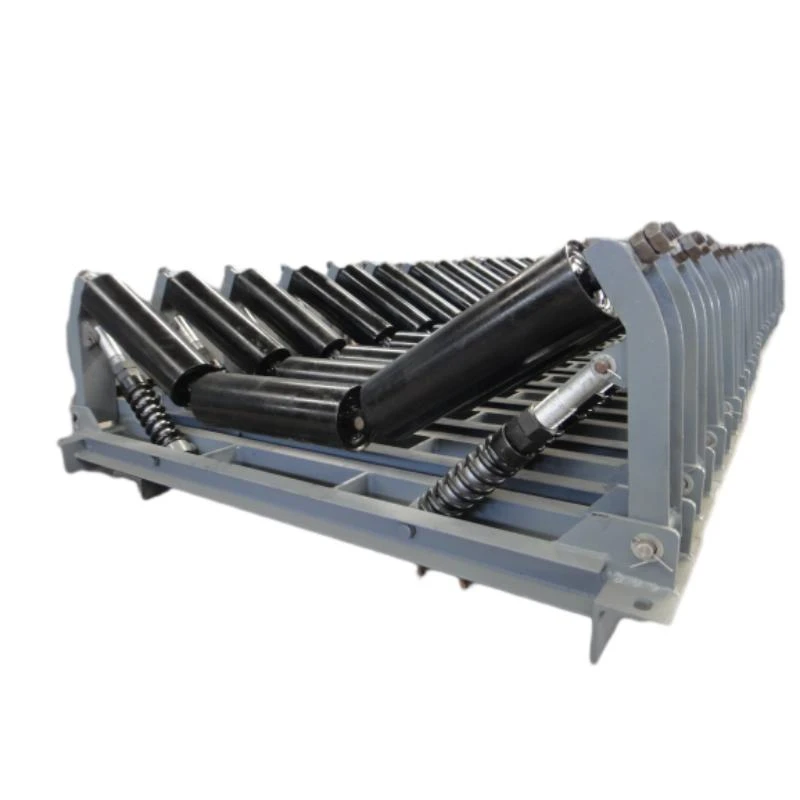 Afrikaans
Afrikaans  Albanian
Albanian  Amharic
Amharic  Arabic
Arabic  Armenian
Armenian  Azerbaijani
Azerbaijani  Basque
Basque  Belarusian
Belarusian  Bengali
Bengali  Bosnian
Bosnian  Bulgarian
Bulgarian  Catalan
Catalan  Cebuano
Cebuano  Corsican
Corsican  Croatian
Croatian  Czech
Czech  Danish
Danish  Dutch
Dutch  English
English  Esperanto
Esperanto  Estonian
Estonian  Finnish
Finnish  French
French  Frisian
Frisian  Galician
Galician  Georgian
Georgian  German
German  Greek
Greek  Gujarati
Gujarati  Haitian Creole
Haitian Creole  hausa
hausa  hawaiian
hawaiian  Hebrew
Hebrew  Hindi
Hindi  Miao
Miao  Hungarian
Hungarian  Icelandic
Icelandic  igbo
igbo  Indonesian
Indonesian  irish
irish  Italian
Italian  Japanese
Japanese  Javanese
Javanese  Kannada
Kannada  kazakh
kazakh  Khmer
Khmer  Rwandese
Rwandese  Korean
Korean  Kurdish
Kurdish  Kyrgyz
Kyrgyz  Lao
Lao  Latin
Latin  Latvian
Latvian  Lithuanian
Lithuanian  Luxembourgish
Luxembourgish  Macedonian
Macedonian  Malgashi
Malgashi  Malay
Malay  Malayalam
Malayalam  Maltese
Maltese  Maori
Maori  Marathi
Marathi  Mongolian
Mongolian  Myanmar
Myanmar  Nepali
Nepali  Norwegian
Norwegian  Norwegian
Norwegian  Occitan
Occitan  Pashto
Pashto  Persian
Persian  Polish
Polish  Portuguese
Portuguese  Punjabi
Punjabi  Romanian
Romanian  Russian
Russian  Samoan
Samoan  Scottish Gaelic
Scottish Gaelic  Serbian
Serbian  Sesotho
Sesotho  Shona
Shona  Sindhi
Sindhi  Sinhala
Sinhala  Slovak
Slovak  Slovenian
Slovenian  Somali
Somali  Spanish
Spanish  Sundanese
Sundanese  Swahili
Swahili  Swedish
Swedish  Tagalog
Tagalog  Tajik
Tajik  Tamil
Tamil  Tatar
Tatar  Telugu
Telugu  Thai
Thai  Turkish
Turkish  Turkmen
Turkmen  Ukrainian
Ukrainian  Urdu
Urdu  Uighur
Uighur  Uzbek
Uzbek  Vietnamese
Vietnamese  Welsh
Welsh  Bantu
Bantu  Yiddish
Yiddish  Yoruba
Yoruba  Zulu
Zulu Components and Accessories for Conveyor Systems and Equipment
Understanding Conveyor Machine Parts Essential Components for Efficient Material Handling
Conveyor systems play a crucial role in various industries, facilitating the efficient movement of materials from one point to another. To comprehend how these systems function effectively, it's essential to understand the different parts that constitute a conveyor machine. Each component plays a critical role in ensuring smooth operations, enhancing productivity, and minimizing downtime.
1. Frame
The frame of a conveyor system serves as its backbone. It provides the structural support necessary for all other components. Typically made from sturdy materials like steel or aluminum, the frame’s design influences the conveyor's overall stability and can impact the maximum load it can handle. Depending on the application, the frame can be designed in various configurations, including straight, curved, or tiered, to suit different operational needs.
2. Belt
One of the most recognizable parts of a conveyor system is the belt. The conveyor belt is responsible for transporting materials along the system. It can be made from a variety of materials, including rubber, plastic, or metal, depending on the specific requirements of the operation. The choice of belt material is critical and often dictated by factors such as the type of products being conveyed, the operating environment, and the need for resistance to materials like heat, oil, or chemicals.
3. Drive System
The drive system is the heart of the conveyor. It consists of a motor, gear reducers, and rollers, all of which work together to move the belt. The motor provides the necessary power, while gear reducers help to adjust the speed and torque delivered to the belt. Properly sizing and maintaining the drive system is vital for ensuring efficient and reliable operation. A well-designed drive system not only increases the longevity of the conveyor but also allows for variable speed control, enhancing operational flexibility.
4. Rollers
conveyor machine parts

Rollers play a pivotal role in supporting and guiding the belt. They are typically located underneath the belt and help to reduce friction, allowing the belt to move smoothly and effectively. Depending on the design and the load requirements, rollers can be made of different materials, including steel or plastic. Additionally, they can either be fixed or adjustable, offering further customization to meet the specific needs of a material handling operation.
5. Idlers
Idlers are similar to rollers but are primarily used to support and stabilize the belt rather than to drive it. They ensure that the belt maintains proper tension and alignment throughout the conveying process. Proper idler maintenance is essential, as worn or misaligned idlers can lead to increased wear on the belt, decreased efficiency, and potential operational disruptions.
6. Sensors and Controls
Modern conveyor systems often incorporate various sensors and controls, enhancing their functionality and efficiency. Sensors can detect the presence of materials on the belt, monitor speed, and detect faults or jams, allowing for real-time adjustments to the system. Control systems can automate operations, provide feedback to operators, and facilitate integration with other systems in a manufacturing or logistics environment.
7. Safety Devices
Safety is paramount in any industrial setting. Conveyor systems are equipped with various safety devices, including emergency stop switches, guards, and warning lights, to protect operators and equipment. Regular maintenance and adherence to safety protocols can significantly reduce the risk of accidents and ensure smooth operations.
Conclusion
In essence, understanding conveyor machine parts is essential for anyone involved in material handling operations. Each component, from the frame and belt to the drive system and safety devices, plays a crucial role in ensuring that the system operates efficiently and effectively. By recognizing the importance of these components, businesses can improve their operational efficiency, reduce downtime, and maintain a safe working environment. Proper maintenance and continuous exploration of technological advancements within conveyor systems will further enhance productivity across various industries.
-
Revolutionizing Conveyor Reliability with Advanced Rubber Lagging PulleysNewsJul.22,2025
-
Powering Precision and Durability with Expert Manufacturers of Conveyor ComponentsNewsJul.22,2025
-
Optimizing Conveyor Systems with Advanced Conveyor AccessoriesNewsJul.22,2025
-
Maximize Conveyor Efficiency with Quality Conveyor Idler PulleysNewsJul.22,2025
-
Future-Proof Your Conveyor System with High-Performance Polyurethane RollerNewsJul.22,2025
-
Driving Efficiency Forward with Quality Idlers and RollersNewsJul.22,2025





























